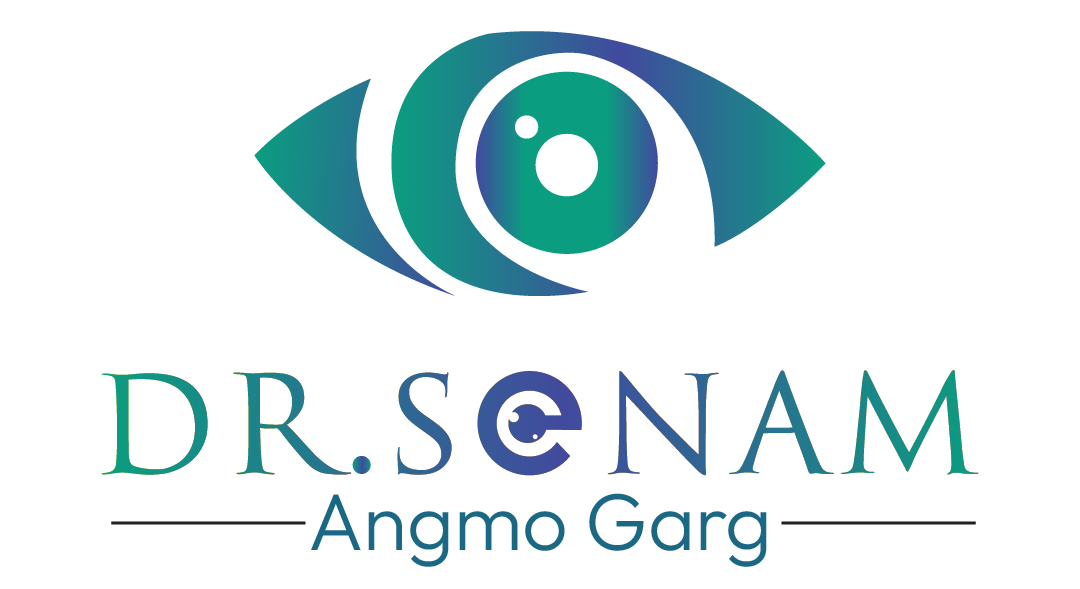The human eye is a complex organ that allows us to perceive the world around us. Understanding its anatomy can help us appreciate how vision works and recognize potential issues affecting eye health. The eye consists of seven key parts, each playing a crucial role in capturing and processing visual information.
1. Cornea
The cornea is the clear, dome-shaped outermost layer of the eye. It acts as a protective barrier and helps focus light entering the eye. Since it has no blood vessels, it relies on tears and the aqueous humor for nourishment and oxygen.
2. Iris
The iris is the colored part of the eye that controls the size of the pupil. By adjusting pupil size, it regulates the amount of light that enters the eye, ensuring optimal vision in various lighting conditions.
3. Pupil
The pupil is the black circular opening in the center of the iris. It expands and contracts in response to light intensity, helping control how much light reaches the retina.
4. Lens
The lens is a transparent, flexible structure behind the iris. It focuses light onto the retina, adjusting its shape to provide clear vision at different distances.
5. Retina
The retina is a layer of light-sensitive cells at the back of the eye. It converts light into electrical signals, which are then transmitted to the brain for image processing.
6. Optic Nerve
The optic nerve carries electrical signals from the retina to the brain, where they are interpreted as visual images. Any damage to the optic nerve can lead to vision impairment or blindness.
7. Vitreous Humor
The vitreous humor is a gel-like substance that fills the inside of the eye, maintaining its shape and ensuring light passes smoothly to the retina.
Conclusion
Understanding the seven parts of the eye helps us appreciate how this remarkable organ functions. Each component plays a crucial role in vision, and any disruption can lead to visual impairment. Maintaining eye health through regular check-ups, a balanced diet, and protective measures like sunglasses can help preserve vision and prevent eye diseases. If you notice any vision changes, consulting an eye specialist promptly can ensure early diagnosis and treatment.
